Dinosaurs, Palaeontology and Evolution: 10 of the Best Books for natural history lovers
Dinosaurs, Paleontology and Evolution: 10 of the Best Books for natural history lovers Paleontology and archaeology: discovering the Earth’s past Paleontology and archaeology are traditionally the domain of experts, but thanks to some excellent literature,…
23 Mar 18 · 2 mins read

Dinosaurs, Paleontology and Evolution: 10 of the Best Books for natural history lovers
Paleontology and archaeology: discovering the Earth’s past
Paleontology and archaeology are traditionally the domain of experts, but thanks to some excellent literature, the mysteries of our distant past are becoming increasingly available to us all. Many of us have a passion for dinosaurs and fossils ignited in our childhood. The more we learn and read, the more that passion grows. The best way to indulge your passion for paleontology is to get onto the ground. Visit the sites at which significant discoveries have been made. View fossils which have changed the course of history. Meet and learn from experts in the field, and hear their unique insights.
Odyssey Traveller offers three tours designed especially for senior travellers with a passion for paleontology and fossils. On our China Dinosaurs small group escorted paleontology tour, it is even possible to participate in a dig, or help to sort and tag fossils within a laboratory. Or in Argentina, visit Ischigualasto – considered by experts to be one of the world’s leading paleontological sites. This is one of the highlights of the Argentina Dinosaur dig including Titanosaurus small group tour. Finally, the Gobi Desert- Mongolia Dinosaur dig small groups paleontological tour involves living and working like a paleontologist, accompanying a research team in the fossil rich Tugrigiin Shiree.
Odyssey Traveller offers educational tours designed especially for senior travellers. We encourage travellers to research and open their minds to developing knowledge.
The following suggested reading list includes recent and significant publications in the field of paleontology or natural sciences. The books reflect a range of genres, from essay collections through to memoir. Feel free to add your own suggestions, or let us know your thoughts in the comments section below.

Weird Dinosaurs: The Strange New Fossils Challenging Everything We Thought We Knew (2017)
The Story of Life in 25 Fossils: Tales of Intrepid Fossil Hunters and the Wonders of Evolution (2015)
by Donald R. Prothero
Every fossil tells a story. Best-selling paleontology author Donald R. Prothero describes twenty-five famous, beautifully preserved fossils in a gripping, scientific history of life on Earth. Recounting the adventures behind the discovery of these objects and fully interpreting their significance within the larger fossil record, Prothero creates a riveting and enlightening overview for anyone interested in the history of life on our planet.
The twenty-five fossils lovingly portrayed in this book catch animals in their evolutionary splendor as they transition from one kind of organism to another. We witness extinct plants and animals of microscopic and immense size and thrilling diversity. We learn about fantastic land and sea creatures that have no match in nature today. Along the way, we encounter such fascinating fossils as the earliest trilobite, Olenellus; the giant shark Carcharocles; the “Frogamander” and the “Turtle on the Half Shell”; the “fishibian” Tiktalik; the first bird, Archaeopteryx; the walking whale Ambulocetus; enormous marine reptiles and the biggest dinosaurs known; the gigantic hornless rhinoceros Paraceratherium, the largest land mammal that ever lived; and the Australopithecus nicknamed “Lucy,” the oldest human skeleton. We learn about the scientists and adventurers who pioneered paleontology and the larger intellectual and social contexts in which their discoveries were made. Finally, we are told where to see these splendid fossils in the world’s great museums.
Ideal for all who love prehistoric landscapes and delight in the history of science, Prothero’s new book will be a treasured addition to any bookshelf, stoking curiosity in the evolution and life on Earth.
Flying Dinosaurs: How Fearsome Reptiles Became Birds (2014)
The Crucible of Creation: The Burgess Shale and the Rise of Animals Paperback (2000)
The Fossil Hunter: Dinosaurs, Evolution, and the Woman Whose Discoveries Changed the World (2011)
by Shelley Emling
Mary Anning was only twelve years old when, in 1811, she discovered the first dinosaur skeleton–of an ichthyosaur–while fossil hunting on the cliffs of Lyme Regis, England. Until Mary’s incredible discovery, it was widely believed that animals did not become extinct. The child of a poor family, Mary became a fossil hunter, inspiring the tongue-twister, “She Sells Sea Shells by the Seashore.” She attracted the attention of fossil collectors and eventually the scientific world. Once news of the fossils reached the halls of academia, it became impossible to ignore the truth. Mary’s peculiar finds helped lay the groundwork for Charles Darwin’s theory of evolution, laid out in his On the Origin of Species. Darwin drew on Mary’s fossilized creatures as irrefutable evidence that life in the past was nothing like life in the present.
A story worthy of Dickens, The Fossil Hunter chronicles the life of this young girl, with dirt under her fingernails and not a shilling to buy dinner, who became a world-renowned paleontologist. Dickens himself said of Mary: “The carpenter’s daughter has won a name for herself, and deserved to win it.” Here at last, Shelley Emling returns Mary Anning, of whom Stephen J. Gould remarked, is “probably the most important unsung (or inadequately sung) collecting force in the history of paleontology,” to her deserved place in history.
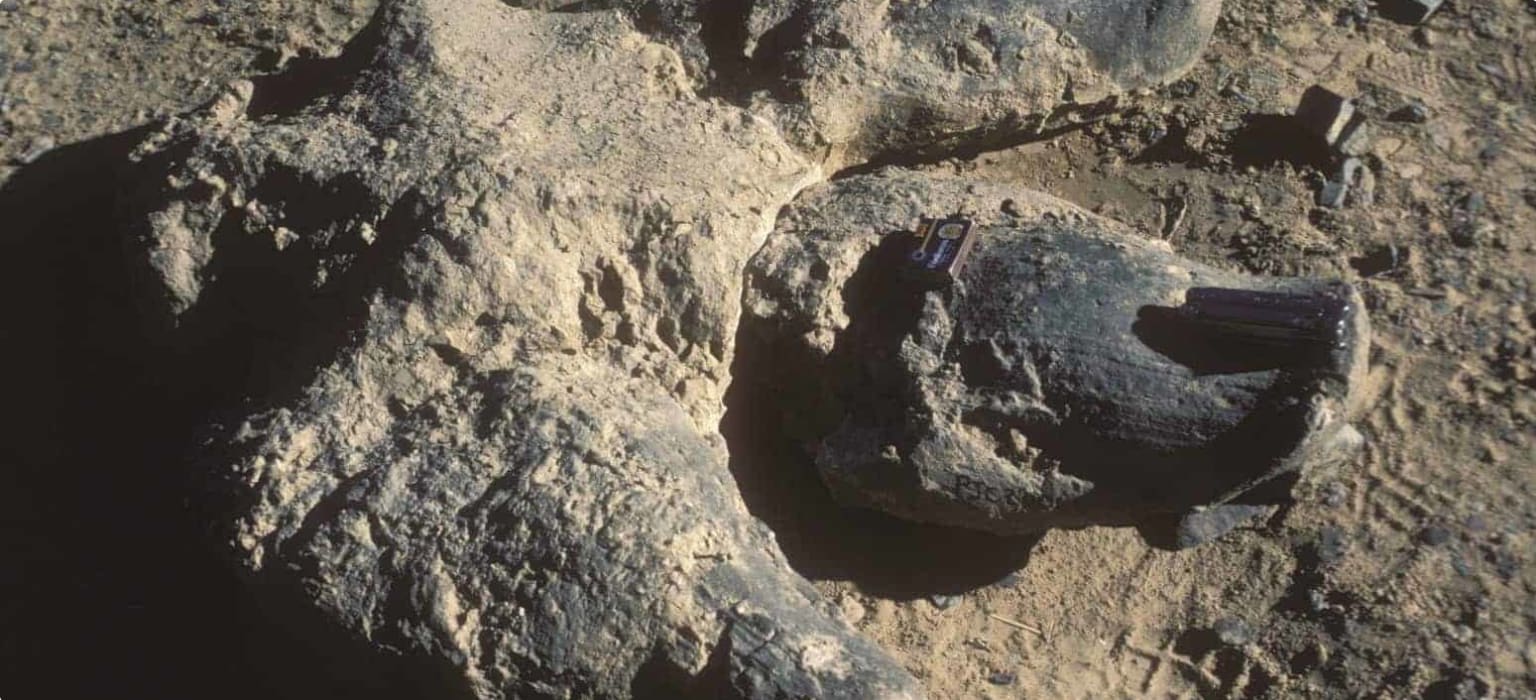
Walking on Eggs: The Astonishing Discovery of Thousands of Dinosaur Eggs in the Badlands of Patagonia (2001)
Dinosaurs Without Bones: Dinosaur Lives Revealed by their Trace Fossils (2015)
by Anthony J. Martin
CSI meets Jurassic Park in a fascinating, revelatory look at dinosaurs and their world through the million-year-old clues they left behind. What if we woke up one morning all of the dinosaur bones in the world were gone? How would we know these iconic animals had a 165-million year history on earth, and had adapted to all land-based environments from pole to pole? What clues would be left to discern not only their presence, but also to learn about their sex lives, raising of young, social lives, combat, and who ate who? What would it take for us to know how fast dinosaurs moved, whether they lived underground, climbed trees, or went for a swim?
Welcome to the world of ichnology, the study of traces and trace fossils―such as tracks, trails, burrows, nests, toothmarks, and other vestiges of behavior―and how through these remarkable clues, we can explore and intuit the rich and complicated lives of dinosaurs. With a unique, detective-like approach, interpreting the forensic clues of these long-extinct animals that leave a much richer legacy than bones, Martin brings the wild world of the Mesozoic to life for the twenty-first century reader.
Rereading the Fossil Record: The Growth of Paleobiology as an Evolutionary Discipline (2015)
by David Sepkoski
Time Traveler: In Search of Dinosaurs and Other Fossils from Montana to Mongolia (2003)
by Michael Novacek
Michael Novacek, a world-renowned paleontologist who has discovered important fossils on virtually every continent, is an authority on patterns of evolution and on the relationships among extinct and extant organisms. Time Traveler is his captivating account of how his boyhood enthusiasm for dinosaurs became a lifelong commitment to vanguard science. He takes us with him as he discovers fossils in his own backyard in Los Angeles, then goes looking for them in the high Andes, the black volcanic mountains of Yemen, and the incredibly rich fossil badlands of the Gobi desert.
Wherever Novacek goes he searches for still undiscovered evidence of what life was like on Earth millions of years ago. Along the way he has almost drowned, been stung by deadly scorpions, been held at gunpoint by a renegade army, and nearly choked in raging dust storms. Fieldwork is very demanding in a host of unusual, dramatic, sometimes hilarious ways, and Novacek writes of its alluring perils with affection and discernment. But Time Traveler makes sense of many complex themes – about dinosaur evolution, continental drift, mass extinctions, new methods for understanding ancient environments, and the evolutionary secrets of DNA in fossil organisms. It is also an enthralling adventure story.
Stratigraphic Paleobiology: Understanding the Distribution of Fossil Taxa in Time and Space (2012)
by Mark E. Patzkowsky and Steven M. Holland

Odyssey Traveller offers specialised tours for lovers of paleontology. Our China Dinosaurs Small Group Escorted Palaeontology Tour has a guaranteed departure in April 2019. And our Argentina Dinosaur Dig including Titanosaurus Small Group Tour is scheduled for a September departure. If you have a keen interest in natural history, you might like to check out our list of specialised tours based on dinosaurs. We also offer small group tours based on archaeology, including Neolithic Britain, and the Art and Architecture of Myanmar. Odyssey Traveller offers small group tours designed especially for seniors, and we welcome both couples and solo travellers. To keep in touch with Odyssey Traveller and receive information on our upcoming tours, please call or send an email. We’d love to hear from you!
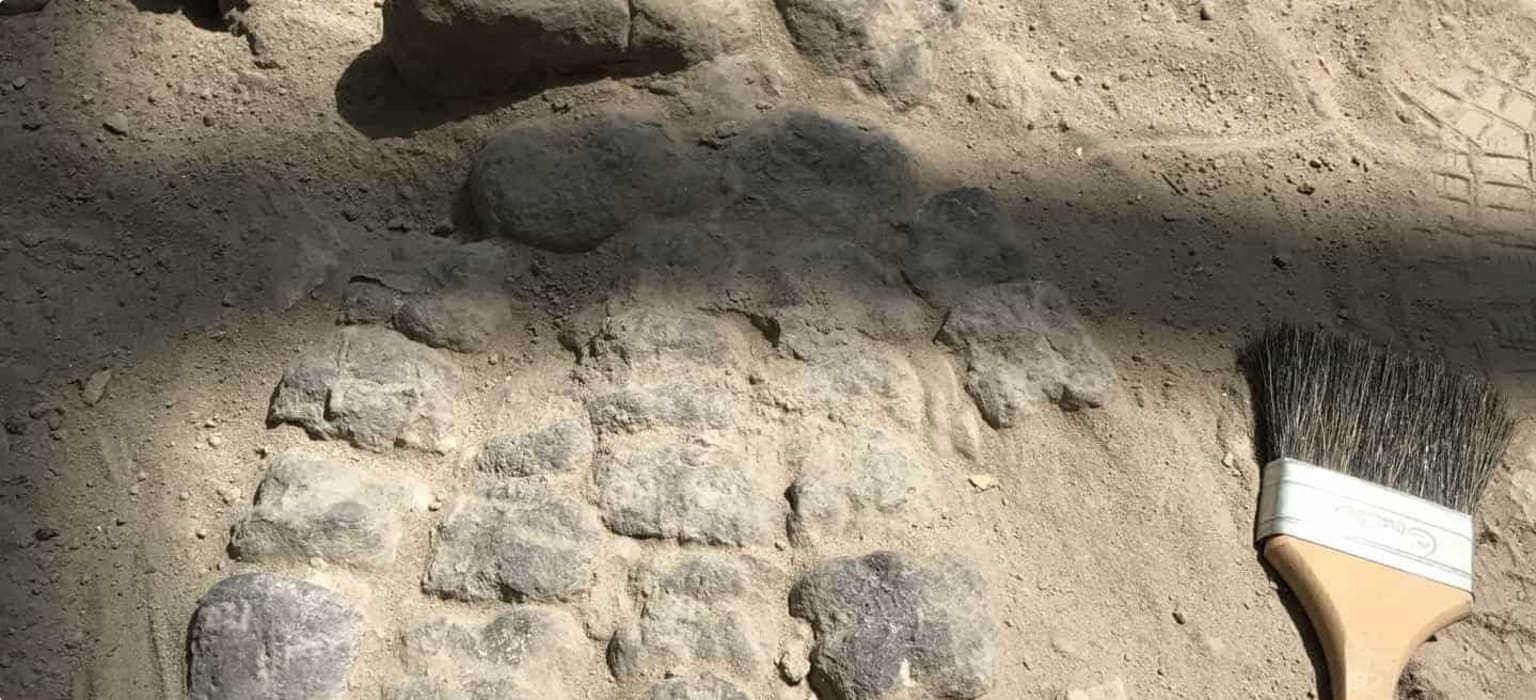
Related Tours
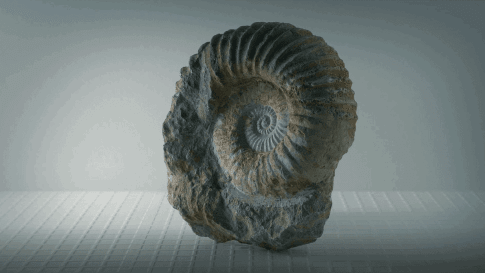
17 days
SepArgentina Dinosaur dig including Titanosaur small group tours
Visiting Argentina
Small group tour for senior and mature couples and solo travellers to explore the Titanosaurs the largest Dinosaurs to walk the planet. Their skeletons have recently been discovered in Argentina. This program spends 20 days travelling to visit and experience the dig sites where much of Argentina’s paleontological history has been found, Patagonia. With local paleontologists and guides providing an insight into this remote part of the country you get a unique opportunity to learn first hand about the research on the Argentinian Dinosaur collection.
From A$18,425 AUD
View Tour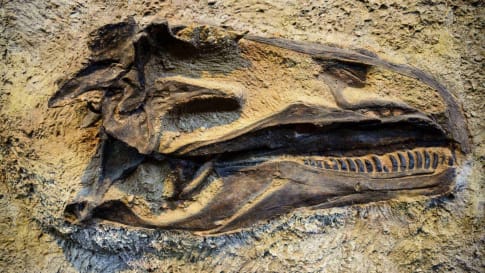
12 days
Oct, AprChina Dinosaurs small group escorted palaeontology tours
Visiting China
During our small group Dinosaur Odyssey study program for couples and solo travellers, we will visit two of the most exciting dinosaur sites in China - Zigong Dinosaur Museum. Your program leader will take us to behind-the-scenes places, field studies in the Sichuan Province and Dinosaur Valley, and in the Yunnan Province. Go behind-the-scenes places, field studies at the dig sites, with first-hand experience at palaeontological dinosaur digs.
From A$9,750 AUD
View Tour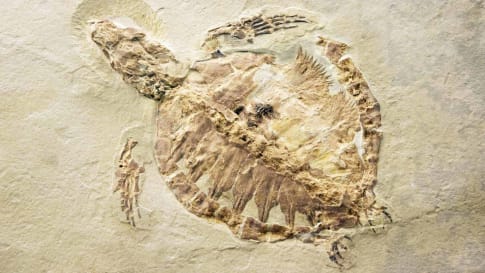
15 days
May, Aug, SepMongolia Dinosaur Dig Tour | Small group tour in the Gobi Desert
Visiting Mongolia
The first dinosaur nest of eggs was discovered in Mongolia during 1928.Following an introduction to Mongolian history, culture and desert landscapes, participants will Experience eight days on a paleontological dig. Small group tour for couples and solo mature travellers interested in Mongolia and Dinosaurs.
From A$15,675 AUD
View Tour


